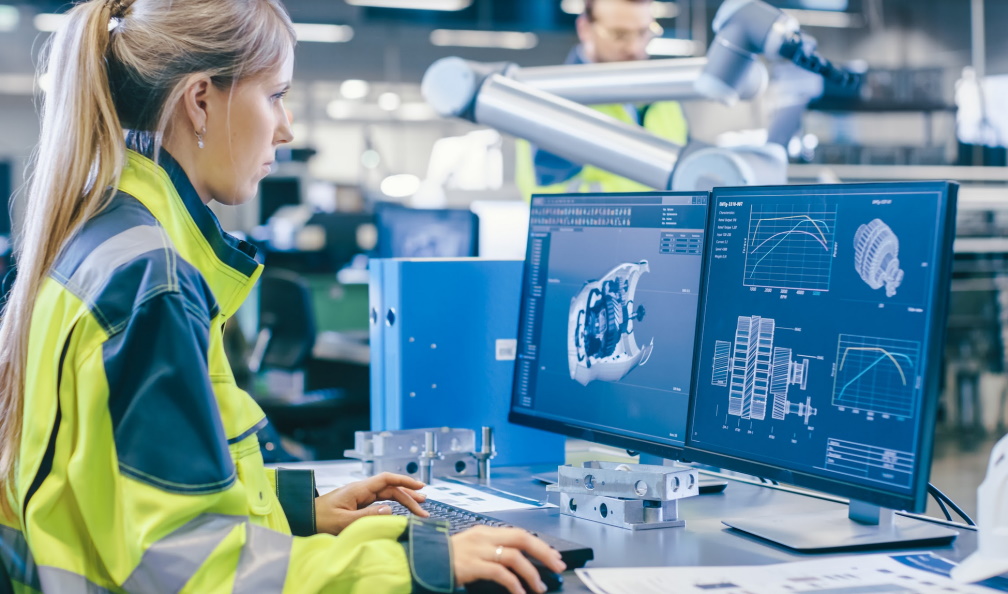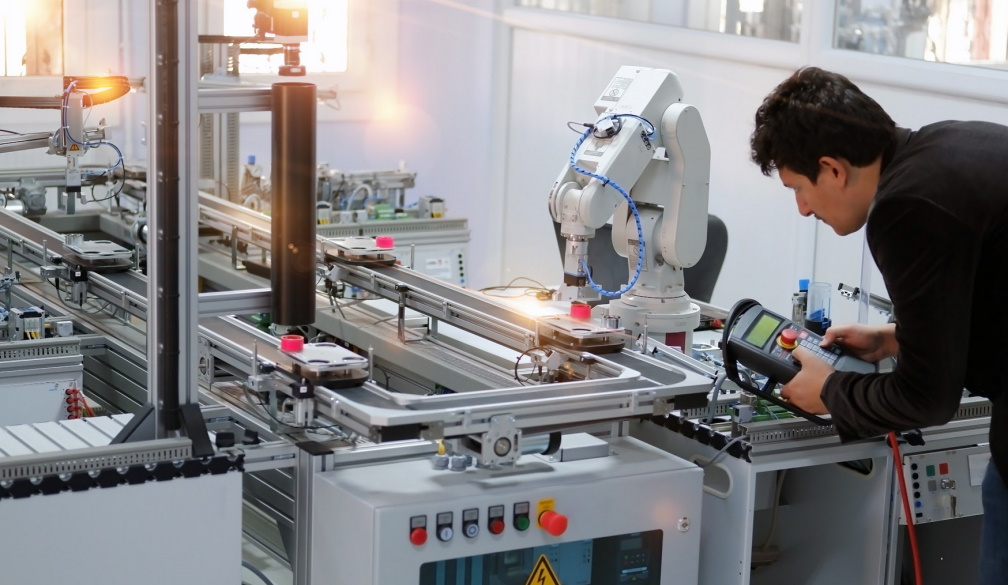Touchless Distribution In Manufacturing: An Overview
- Written by NewsServices.com

Staying at home and social distancing are orders that characterised the COVID 19 pandemic. Hence, those that had products couldn't easily get it across to their customers.
One of the areas that contributed to some businesses shutting down was warehousing and distribution. Because of the COVID 19 protocols, companies had less staff and few workers on the ground. Also, adherence to social distancing orders slowed down workflow.
To this point, the technology had to be embraced in catering for warehousing and distribution issues while reducing staff contact with products to reduce the spread of COVID 19. Many manufacturing solutions, such as using a PPE station and a safety vending machine, also became the norm.
What Is Touchless Distribution In ManufacturingTouchless distribution minimises human hands or interaction in the warehouse and distribution processes. It involves using Artificial Intelligence (AI) and automation to use human personnel for some assistance in other activities.
The use of AI makes situational analysis and decision-making fast and virtually accurate. At the same time, automation is the employment of robots or programmed machines in implementing decisions. It's important to note that automated machines only handle repetitive tasks based on commands and rules.
AI, Automation, Warehousing, And DistributionAutomation is becoming popular and almost every sector adopts it for business growth and scalability. In the manufacturing industry, there are various ways automation is used in warehousing to achieve a touchless distribution, such as:
- Automated storage and retrieval systems: In the warehouse, these systems help in storing items in their specific storage locations and retrieving them whenever they're needed.
- Inventory taking: Inventory taking is a repetitive task that automated tools like drones handle efficiently. They take the counts and report to human personnel who decide what to do.
- Pick-to-light systems: Looking for and picking orders in a warehouse can take up a staff's energy and leave them unproductive for the rest of the day. With pick-to-light systems, their job is to do the picking and the system does the searching. This system reduces human contact with products or materials because there would be no need to pick and see if the blue carton contains what you're looking for.
Automation in warehousing became famous as a result of COVID 19 protocols that affected the traditional method of warehousing. Regardless of this, it doesn't appear to be the kind of trend that'll be eliminated soon.
Considering the abrupt intrusion of COVID 19, businesses have learned that anything can happen to put their operations on hold. So, while they adapted automated warehousing as a preventive measure for future changes, they also want to achieve a touchless, seamless, efficient manufacturing process, and distribution.
Seeing that automated warehousing gives an edge in business, those that didn't intend to adopt it may be forced to because of the competitive advantage it offers. Moreover, remote and hybrid work options continue to soar in offering more touchless options.
Additionally, the reason why automation in warehousing may stay is that it enables contactless procedures in the workplace. Moreover, it continues to adhere to COVID 19 protocols to ensure the safety of its employees and customers.
Benefits Of Touchless Manufacturing And DistributionThe benefits of going touchless and contactless are immense. They're often the reflection automation benefits. Aside from the need to prevent the spread of the virus, some of its advantages include:
- 1. Increase In Productivity
This benefit is two-sided. First, robots work at a higher speed than humans do as they can achieve more in a small space of time. Second, because human personnel won't have to engage in repetitive and stressful activities, they could focus on essential aspects like customer service. Therefore, touchless distribution improves productivity.
- 2. Low Cost Of Operating
If it costs AUD$10 to operate per day with human personnel producing 50% profit and employing robots that achieve 100% daily, that'd be 50% more on profit and an extra 10% saved. Therefore, touchless distribution is cost-saving. Also, warehousing activities easily result in injuries. Using automated systems will reduce such injuries, and you'll keep that sum that would have been spent treating your staff.
- 3. Accuracy In Operations
This is not to say that robots, when used for touchless distribution, are not capable of making mistakes. But the level of accuracy they offer could beat those which human personnel does. Moreover, reducing errors will increase productivity, customer satisfaction and profit.
ConclusionTouchless distribution is the use of AI and automation in warehousing operations. Its rise was due to the pandemic. But since it has proved more beneficial than the traditional warehousing strategies, there's a possibility of it staying. Even if it doesn't stay, it's not going off the picture anytime soon.








